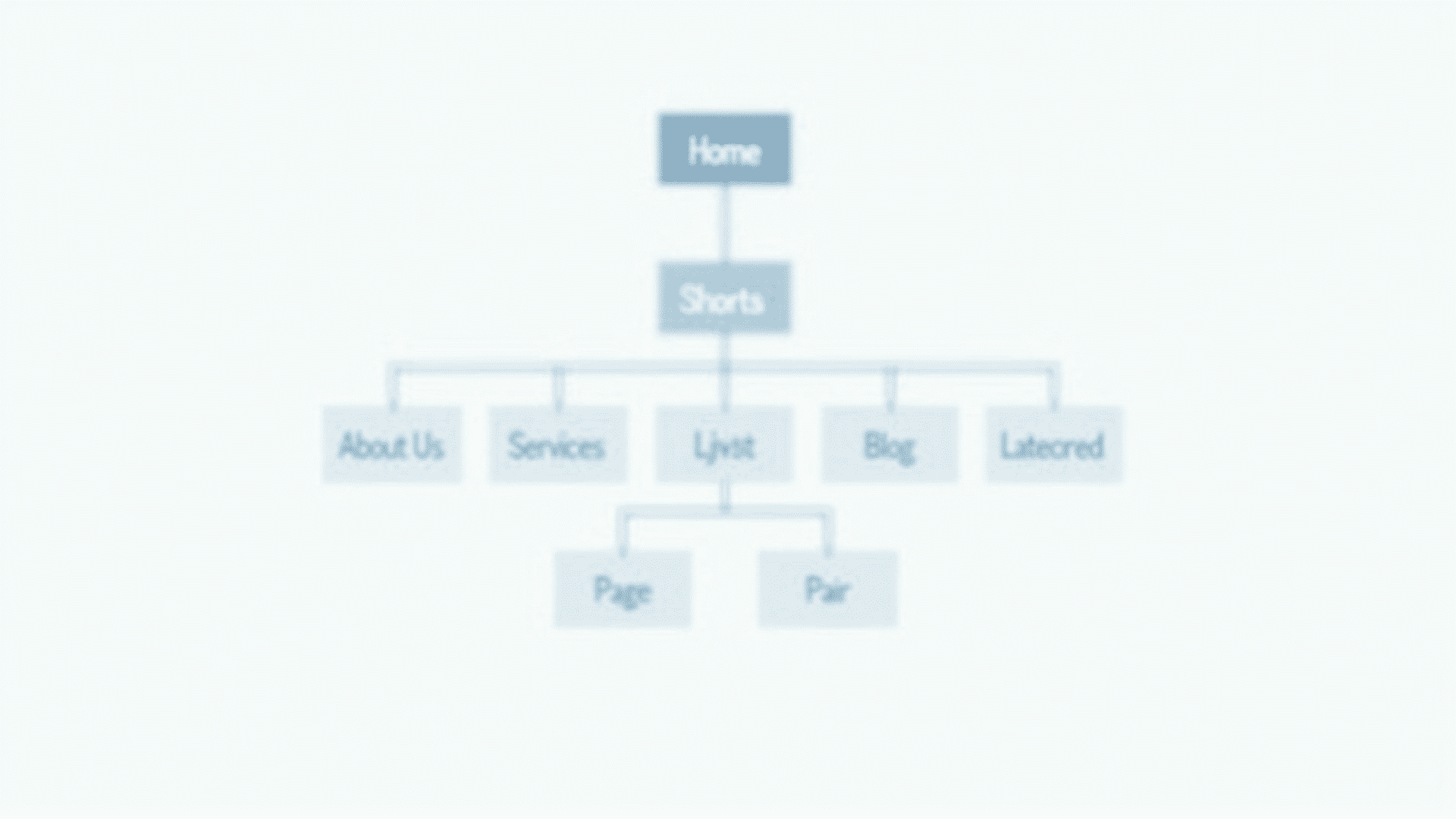Website architecture plays a crucial role in how effectively users can find and interact with information on a site. At its core, it involves the organized structure of digital content, ensuring that users can navigate and access pages with ease.
A well-designed architecture includes several key components. First is the hierarchical structure, which typically begins with the homepage as the top-level directory. From here, categories and subcategories branch out, guiding users deeper into specific areas of interest. This logical layout helps visitors intuitively understand where to find information.
Another vital element is the URL structure. Ideally, URLs should be clean, descriptive, and simple, reflecting the site's layout. This clarity not only aids users but also assists search engines in indexing the site more efficiently.
Navigation menus are essential for linking the pages together. They often reflect the hierarchical structure and offer a comprehensive overview of the site's content. These menus, whether presented as drop-downs or sidebars, provide quick access to key sections, enhancing the user's journey.
Incorporating internal linking within the content is another strategy. By strategically linking related pages, users can effortlessly shift from one topic of interest to another, maintaining engagement and improving the website's overall connectivity.
From a design perspective, responsive design principles ensure that a website remains accessible and functional across various devices. Whether viewed on a desktop, tablet, or smartphone, the architecture should adapt to different screen sizes, providing a seamless experience.
The benefits of strong website architecture are significant. For users, it means faster access to information and a more intuitive browsing experience. For site owners, it's about retaining visitors longer and increasing the likelihood of engagement.
In summary, thoughtful website architecture is fundamental to building an environment where users can easily navigate and find the information they seek. By focusing on logical structure, clear navigation, and adaptive design, a website can better serve both its audience and its objectives.
